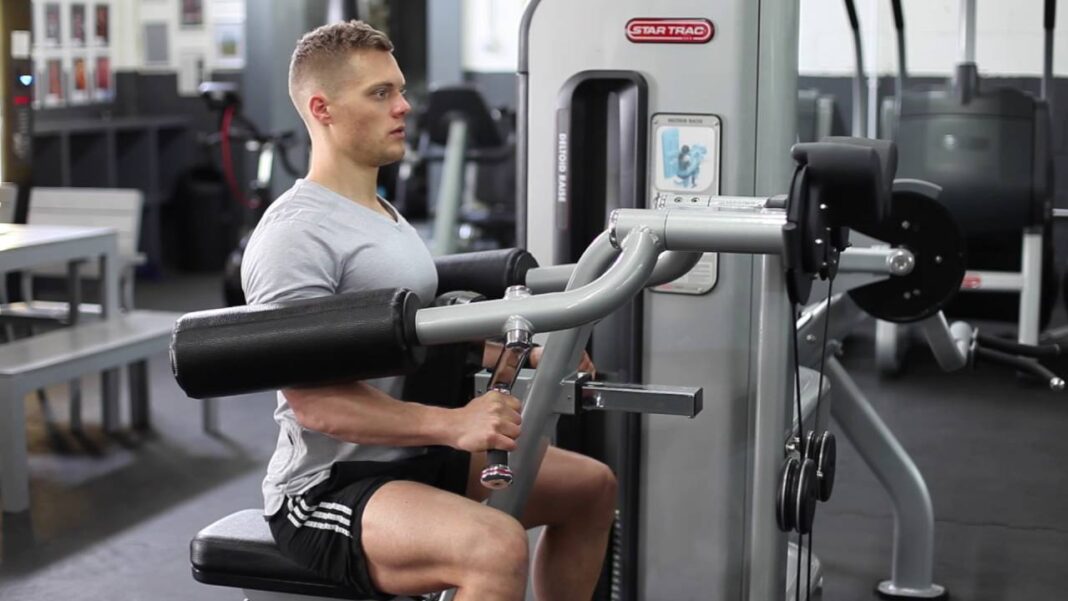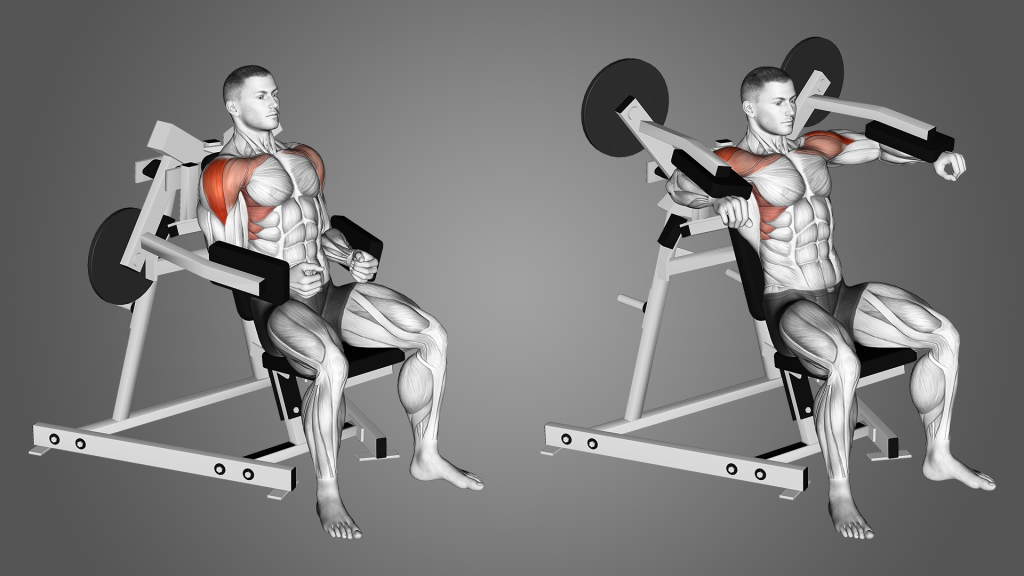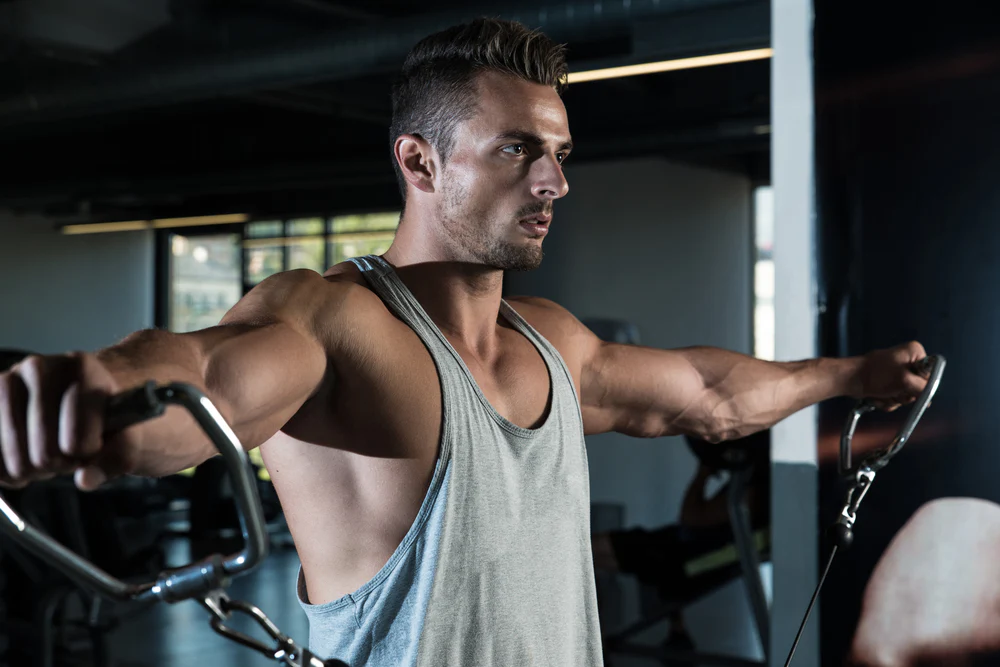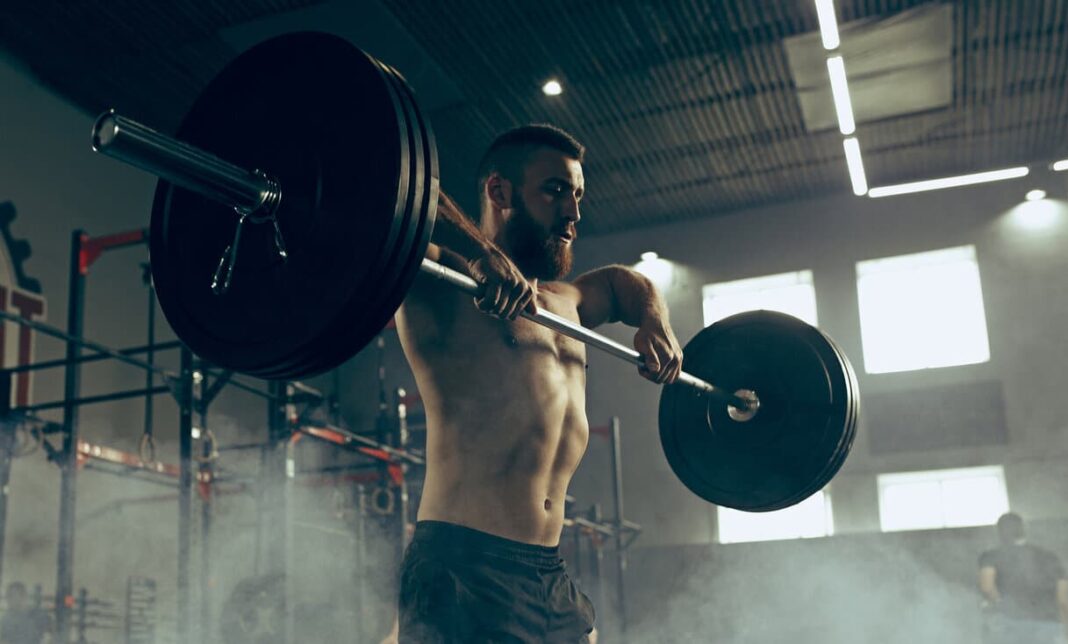Machine Lateral Raise: Controlled Overload for Maximum Delt Growth
When it comes to building round, 3D shoulders, few exercises target the lateral deltoids as directly as the Machine Lateral Raise.
While dumbbells and cables are classics, the machine version has unique advantages: fixed movement path, constant resistance, and the ability to push sets to failure safely.
For bodybuilders, this makes it a goldmine for hypertrophy—you can isolate the side delts, minimize cheating, and progressively overload without worrying about stability.
For strength-focused lifters, it’s an excellent accessory to shore up weak side delts and protect the shoulders during heavy pressing.
This guide breaks down everything you need to know about the Machine Lateral Raise: technique, mistakes to avoid, variations, programming for both strength and aesthetics, and bodybuilding-specific tips.
Muscles Worked
The Machine Lateral Raise is a pure isolation exercise, designed to target the side delts with minimal involvement from other muscles.
- Primary Muscle:
- Lateral deltoid (middle delt head) — responsible for abduction of the arm away from the body.
- Secondary Muscles (minimal):
- Anterior deltoid – stabilizer.
- Posterior deltoid – stabilizer.
- Supraspinatus – initiates abduction.
- Trapezius – provides shoulder stability.
👉 Compared to dumbbells, the machine keeps constant, even tension and removes stabilizer demands, making it more delt-focused.
How to Perform the Machine Lateral Raise (Step by Step)
Setup
- Adjust the seat height so that machine pads align just above your elbows (not at wrists).
- Sit upright with back against the pad, feet flat on the floor.
- Grip handles (if present) lightly or keep hands relaxed at sides.
Execution
- Brace core and maintain upright posture.
- Initiate lift by driving elbows upward, not the hands.
- Raise arms out to sides until elbows are level with shoulders.
- Pause briefly at the top, feeling the side delts contract.
- Lower slowly back to starting position with full control.
Breathing
- Inhale before raising.
- Exhale as you lift arms outward.
Tempo Recommendation
- Up (concentric): 1–2 seconds.
- Pause: 1 second squeeze at top.
- Down (eccentric): 2–3 seconds for maximum tension.
Common Mistakes and Fixes
- Setting seat height wrong
- Mistake: Pads aligned at wrists or too low on arms.
- Fix: Align pads just above elbows for proper leverage.
- Shrugging shoulders
- Mistake: Traps take over the movement.
- Fix: Keep shoulders depressed, focus on delts.
- Half-reps
- Mistake: Raising only partway, reducing tension.
- Fix: Raise arms until at least parallel to floor.
- Leaning or swinging
- Mistake: Using body momentum to move weight.
- Fix: Stay seated with torso stable.
- Letting stack drop
- Mistake: Dropping weight too quickly, losing eccentric control.
- Fix: Lower slowly for maximum hypertrophy stimulus.
Variations and Alternatives
- Standard Seated Machine Lateral Raise
- Classic version, upright posture.
- Leaning Forward Lateral Raise (Machine)
- Lean forward slightly to change angle of tension, shifting more onto side/rear delts.
- Single-Arm Machine Lateral Raise
- Train one side at a time for symmetry and focus.
- Partial Reps / Extended Sets
- After failure, continue with short partial reps to extend tension.
- Alternatives:
- Dumbbell Lateral Raise – free-weight version.
- Cable Lateral Raise – constant tension alternative.
Programming Guidelines
The Machine Lateral Raise is a hypertrophy accessory lift, best programmed after heavy compounds.
For Strength (Performance Focus)
- Sets/Reps: 3–4 sets of 8–12 reps.
- Rest: 90–120 seconds.
- Load: Moderate—focus on building weak side delts for pressing stability.
- Placement: After presses, before rear delt/upper back work.
For Hypertrophy (Aesthetics Focus)
- Sets/Reps: 4–6 sets of 12–20 reps.
- Tempo: Controlled eccentric, focus on stretch + squeeze.
- Rest: 45–75 seconds.
- Advanced Methods: Drop sets, rest-pause, partials.
Bodybuilder’s Tips
- Mind-muscle connection first. Think about “pushing out with elbows,” not lifting with hands.
- Use volume. Side delts respond best to high-rep, high-volume work.
- Save it for later. Do after compounds when stabilizers are fatigued—machine allows safe isolation.
- Go beyond failure. Machines are perfect for intensifiers like drop sets and partials since safety is built in.
- Angle play. Lean slightly forward or back to tweak delt fiber emphasis.
Strength vs Aesthetic Outcomes
- Strength-Oriented Lifters: Machine lateral raises help fix side delt weaknesses that hold back pressing strength and stability.
- Aesthetic-Oriented Lifters: One of the best hypertrophy isolation tools—lets you push volume safely and sculpt wide, capped shoulders.
👉 In short: compounds build size, machines refine and overload safely.
Practical Takeaways
- The Machine Lateral Raise is one of the most delt-focused isolation exercises.
- Removes stability demands, making it perfect for strict hypertrophy work.
- Ideal for drop sets, high reps, and pushing past failure.
- Use for side delt width, programmed after compounds and before burnout work.
- Best for lifters chasing aesthetics, but valuable accessory for pressing strength.
Conclusion
The Machine Lateral Raise is a bodybuilding staple because it allows you to hammer the side delts with precision and volume. Unlike free weights, you don’t have to worry about balance, form breakdown, or missed reps—just pure delt tension.
For strength athletes, it’s an accessory that ensures balanced shoulder development and injury prevention.
For bodybuilders, it’s a hypertrophy machine that builds the shoulder width and cap shape that defines a dominant physique.
👉 Bottom line: If your gym has a lateral raise machine, use it. Make it a side delt finisher or volume builder, and your shoulders will thank you.





